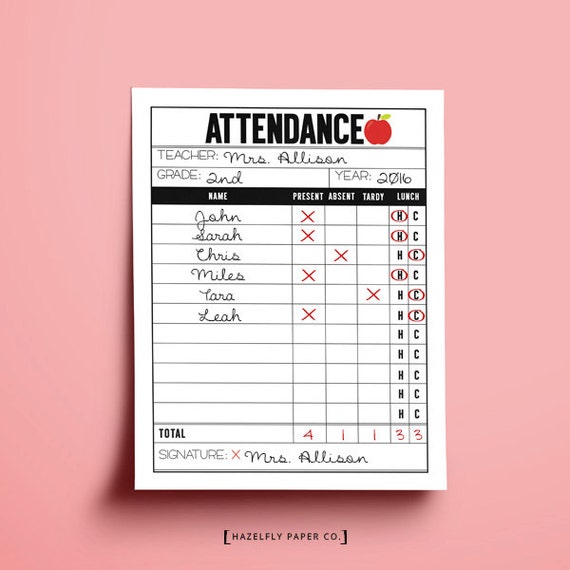#IMMOOC 2 Ways to Enter the Swimming Pool of Innovation
Innovation. What a word, right? It has this heavy aura that can make some feel immediately inept.
"No, not me. I'm not an innovator. I can barely figure out my email."
The funny thing is, this is not a new way of teaching or living. Innovation is a life force. Its been around since the dawn of time. And we all do it.
Innovation is the answer to a dead end, whether organically derived or forced down by a mandate or policy change.
There are two ways to get into a pool. One toe at a time, testing the water as you go, or jumping in. Those happen to be the same two options for innovation in education.
I'm a jumper. That's why I joined the #IMMOOC third round. I like going full force. My motto: go big or go home. I live and breathe it. But its not for everybody. I overwhelm people at times. We need toe dippers, too. Each type of innovator brings something to the table in an effort to provide kids with a more meaningful education. I bring a big idea and my colleague toe dippers bring the details, and question me so I get to a fully planned and functional lesson or project.
Yes, I worry about committing the time to this learning experience and keeping up with all the other things I am trying to do. I do it anyway, because I know it will impact my kids in a big way.
Why do we need to innovate in education? Because we continuously innovate in every other area of life. Jobs are changing, needs are changing, we need to change the little people we mold and send out to do those jobs and meet those needs.
Let's dispel a common myth about innovation. Innovation ≠ Technology.
(I just used google to figure out how to type that "not equal" sign. Always learning.)
There are some great teaching strategies that don't require technology use. Cooperative and collaborative learning can happen without technology. While these are not "new" ideas, they are the ideas that maybe you haven't tried, so they are new to you. Kagan Structures changed the cooperative and collaborative nature of my classroom a few years ago. No tech needed. I do this because no man is an island and a functional society now and in the future is a cooperative, collaborative one.
I'm on this journey, I'm excited. I want you to come along.
"No, not me. I'm not an innovator. I can barely figure out my email."
The funny thing is, this is not a new way of teaching or living. Innovation is a life force. Its been around since the dawn of time. And we all do it.
Innovation is the answer to a dead end, whether organically derived or forced down by a mandate or policy change.
Do you still post your attendance on a slip of paper for the office staff or aides to come around and collect each day?
Probably not.
Do your classroom worksheet copies still look like this?
Doubt it.
When you think you cannot be an innovative person, realize you already are. Everyone is innovating, but we are doing it differently. Here's a lesson I learned from one comedic innovator, Molly Shannon.
There are two ways to get into a pool. One toe at a time, testing the water as you go, or jumping in. Those happen to be the same two options for innovation in education.
I'm a jumper. That's why I joined the #IMMOOC third round. I like going full force. My motto: go big or go home. I live and breathe it. But its not for everybody. I overwhelm people at times. We need toe dippers, too. Each type of innovator brings something to the table in an effort to provide kids with a more meaningful education. I bring a big idea and my colleague toe dippers bring the details, and question me so I get to a fully planned and functional lesson or project.
Yes, I worry about committing the time to this learning experience and keeping up with all the other things I am trying to do. I do it anyway, because I know it will impact my kids in a big way.
Why do we need to innovate in education? Because we continuously innovate in every other area of life. Jobs are changing, needs are changing, we need to change the little people we mold and send out to do those jobs and meet those needs.
Let's dispel a common myth about innovation. Innovation ≠ Technology.
(I just used google to figure out how to type that "not equal" sign. Always learning.)
There are some great teaching strategies that don't require technology use. Cooperative and collaborative learning can happen without technology. While these are not "new" ideas, they are the ideas that maybe you haven't tried, so they are new to you. Kagan Structures changed the cooperative and collaborative nature of my classroom a few years ago. No tech needed. I do this because no man is an island and a functional society now and in the future is a cooperative, collaborative one.
I'm on this journey, I'm excited. I want you to come along.





Comments
Post a Comment